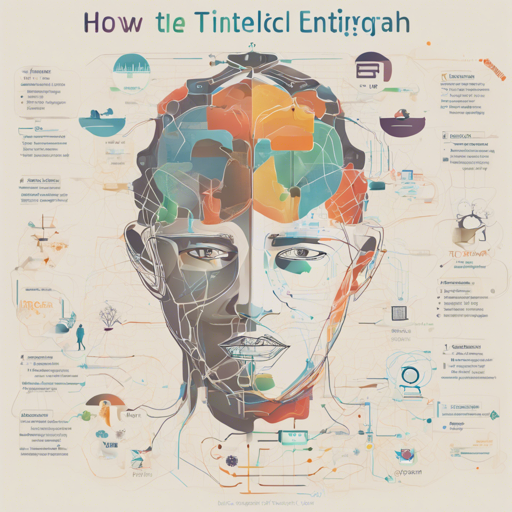The EntiGraph CPT model, built upon the Llama 3 8B architecture, opens the door to advanced natural language processing (NLP) capabilities tailored for domain-specific applications. In this guide, we’ll explore how to use this innovative model effectively, its potential applications, training insights, and troubleshooting tips.
Understanding the EntiGraph CPT Model
The EntiGraph CPT model employs the Synthetic Continued Pretraining approach, as proposed by Yang et al. (2024), to enhance its abilities through a synthetic training corpus derived from the QuALITY dataset. Think of the model like a chef specializing in a particular cuisine; it doesn’t just know cooking—it has undergone additional training to perfect specific recipes, enabling it to serve precise and relevant dishes made from the ingredients it knows best.
Getting Started with EntiGraph CPT
To unlock the full potential of the EntiGraph CPT model, follow these steps:
- Prerequisites: Ensure you have Python installed along with required libraries such as TensorFlow or PyTorch (depending on your preference).
- Download the model: Access the model and training code from the Synthetic Continued Pretraining GitHub repo.
- Prepare your data: Use the QuALITY dataset for domain-specific training or testing tasks.
- Fine-tuning: Customize model parameters to suit your use case. Set hyperparameters like learning rate, batch size, and epochs according to your resources and requirements.
Applications of the EntiGraph CPT Model
The model excels in various NLP tasks, including:
- Closed-book question answering
- Text summarization
- Domain-specific content generation
Use these applications to extract precise information or generate relevant summaries based on the training data.
Training Insights
During the training process, several hyperparameters play a critical role in achieving optimal performance:
- Learning Rate: Set at 5e-06, this controls how quickly the model adapts to new data.
- Batch Size: A size of 16 indicates how many training examples are processed at once.
- Epochs: Only 2 epochs were conducted, highlighting a focus on efficiency without overfitting.
Troubleshooting Common Issues
Here are some common challenges you might face when working with the EntiGraph CPT model and how to troubleshoot them:
- Issue: Model performance is underwhelming.
- Ensure that you’re using the correct domain-specific dataset for training.
- Adjust hyperparameters—experiment with various values to see if they enhance performance.
- Issue: Training takes too long.
- Consider reducing the batch size or restricting the number of epochs.
- Utilize more powerful hardware if available to reduce training time.
- Issue: Model returns biased results.
- Be aware of the biases present in the original Llama 3 8B model and the QuALITY dataset.
- Regularly evaluate outputs for fairness and correctness.
For more insights, updates, or to collaborate on AI development projects, stay connected with fxis.ai.
Conclusion
The EntiGraph CPT model represents a significant advancement in leveraging synthetic continued pretraining for NLP tasks specific to the QuALITY dataset. Embrace its capabilities responsibly, keeping in mind both the limitations and ethical considerations associated with large language models.
At fxis.ai, we believe that such advancements are crucial for the future of AI, as they enable more comprehensive and effective solutions. Our team is continually exploring new methodologies to push the envelope in artificial intelligence, ensuring that our clients benefit from the latest technological innovations.

